#21. Coca-Cola
If you have never heard of Coca-Cola, you probably live under a rock or on another planet. You might love the taste or you might hate it, you might think that Pepsi is ten times better or twenty times worse, but either way, you know that the impact that Coca-Cola had in the world was huge.
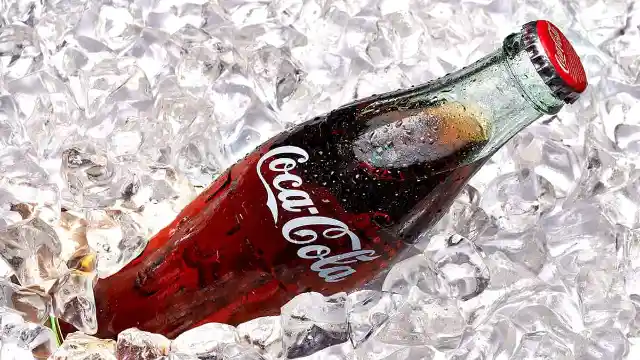
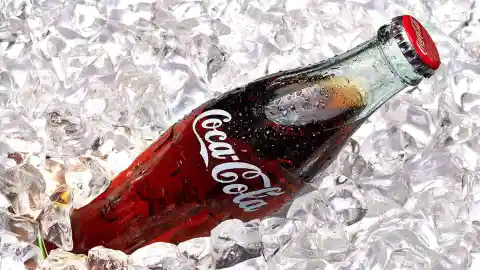
If you are a true Coke fan, however, you probably know that its creation was an accident. Coca-Cola was created by John Pemberton, a pharmacist that was trying to come up with a solution that would relieve headaches and anxiety. By combining wine syrup and coca extract, but then swapping the wine and adding carbonated water, John Pemberton created the most famous drink in the world.
#20. Slinky
I bet you didn’t expect to see this one on the list, right? Slinkies have been an important part of our childhood for most of us, and you’d be interested to know that they were invented by sheer luck by a naval engineer named Richard Jones. Wanna know the story?
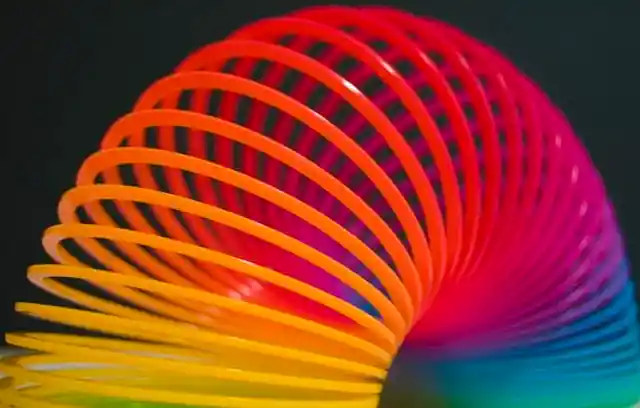

Jones was designing a meter to measure the power of battleships, but one day, he dropped one of the tension strings he was working with. The string bounced all around the floor, and that’s when he realized it could easily serve as a toy. So, believe it or not, we must thank the weapons industry for our beloved slinky.
#19. Chocolate Chip Cookie
Can you picture a world where there are no chocolate chip cookies? No, too sad to even think about. Well, it is quite a surprise when you find out that chocolate chip cookies were allegedly made by accident. When Ruth Graves Wakefield, co-owner of The Toll House, ran out of baking chocolate, she added chunks of semi-sweet chocolate to the drop cookies expecting they would melt and thus yield a chocolate cookie.


However, much to her surprise, the chocolate didn’t fully melt but rather retained its form. Thus, the chocolate chip cookie was invented and such was the success, that Ruth decided to give a call to Nestle and request if the recipe could be printed at the back of the semi-sweet chocolate bar wrappers.
#18. Popsicle
It’s 110 degrees outside and you’re completely covered in sweat, what sounds better than an ice-cold refreshing popsicle? Well, if you like popsicles, you should be thanking Frank Epperson, back when he was just eleven years old. This kid was making a fruit-flavored soda from powder mixed with water but left the concoction outside in the cold with a spoon still in the cup.


The mixture then froze from the freezing temperature outside and when Frank went to check on it, he found out that when he pulled out the stick that had been in the cup, he had invented a delicious and refreshing treat. A couple of years later, Frank started selling his creation under the name Eppsicles, later changing it to Popsicles.
#17. Penicillin
If you took biology in high school, you’re probably somewhat familiar with penicillin and you also probably remember that it was discovered by accident. The story goes that Sir Alexander Fleming was trying to find a panacea drug. While he was doing this, there were many discarded Petri dishes.


It so happened to be that Sir Alexander Fleming spotted something quite peculiar and out of the ordinary happening in one of these discarded Petri dishes. There was some sort of fast-growing mold that was preventing bacteria in the dish from invading it. The scientist was then able to grow that mold individually, and this was the birth of the antibiotic penicillin.
#16. Microwave
You get home at 9 pm after a tiring workday, and you’re absolutely starving. What would you do without our beloved microwave? Honestly, this invention completely revolutionized how humans can get warm food into their bellies. Heating leftovers and having them ready in 1 min? Thank you microwave!


You would be surprised that such an invention was created by accident. In 1946, when American Percy Spencer was working on radar technology for outer space, he happened to be experimenting with microwaves in a vacuum. Suddenly, something unexpected happened: the candy bar in his pocket started melting. To make sure he had actually found something, he brought popcorn kernels near the vacuum and they began to pop.
#15. Stainless Steel
If you open up one of your kitchen cupboards, you’ll probably come upon some stainless steel cutlery. Without stainless steel, we would probably have either very rusty cutlery, or extremely expensive ones. Humans had been trying for ages to produce a sort of steel that would withstand the effects of rusting.
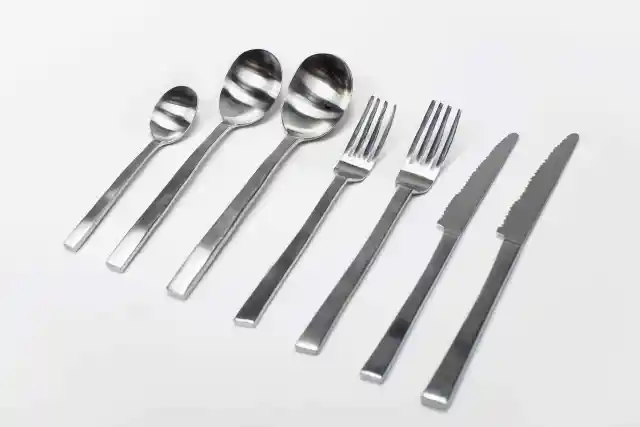
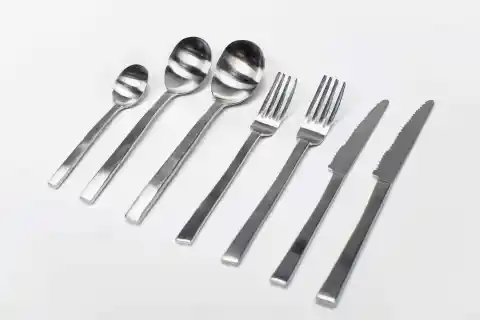
English metallurgist Harry Brearly was the first person to ever succeed in creating stainless steel in 1912. He had been experimenting with several alloys and after several attempts, he noticed that a sample in the rejected pile that had had chromium added to it, hadn’t rusted. The chromium had mixed with air, thus creating a thin protective film over the steel.
#14. Viagra
Let’s be honest here, more than just a handful of couples are very grateful for this invention. When Simon Campbell and David Roberts, two Pfizer Pharmaceuticals employees, were trying to come up with a drug to treat people with high blood pressure, they ended up making an unexpected finding.


However, while the male participants that tried out the drug during the clinical trials didn’t report much back on blood pressure, they did have something in common to report. Apparently, the men said that while taking the drug, they experienced frequent erections. Thus the pill for erectile dysfunction was born and approved in 1998.
#13. Saccharin
Oh, sugar, the deadliest of them all. We all love sugar’s taste; it literally makes everything sweeter! However, we might not love sugar so much for the calories it has. In fact, if you have a sweet tooth, then sugar might be your enemy. In comes saccharin.
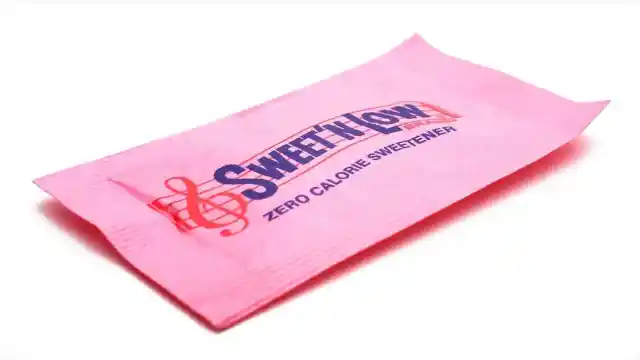
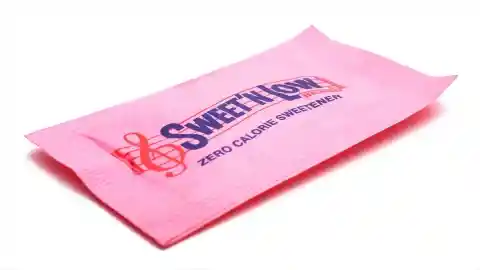
The invention of saccharin isn’t all that pleasant, however. Its origins are traced back to when Constantine Fahlberg, a University researcher, was trying to find some other uses for coal tar. What ended up happening is that one day, his wife’s biscuits were a lot sweeter than usual. Curious to know what could have caused it, he discovered that it had been some saccharin on his hands that was produced during his lab tests.
#12. Cornflakes
Cornflakes might not be your favorite morning cereal. After all, they don’t have much taste. But even though they might not be coated in sugar like many kinds of cereal out there, cornflakes have been pretty significant to our childhood. Their creation is a bit related to how our perception of cornflakes is.


Cornflakes were actually the byproduct of the Kellogg company. When John and Will Kellogg were boiling grains that were supposed to become granola, they forgot about the grains and left them there for a few days. When they came back, they found, next to a moldy situation, a thick and dry mixture. The brothers decided to experiment with this and after a few trials and without the mold, they made the first cornflakes.
#11. X-Rays
Can you imagine what a world without X-rays would be like? Imagine thinking you broke a bone but having no idea if you did or how severe it is. We have to thank German physicist Wilhelm Röntgen, who in the 1800s was experimenting with cathode-ray tubes. These tubes were made out of glass, and had air vacuumed out of them.


While the air was vacuumed out, they had a gas added in. Röntgen decided to add electricity, which would make the tube glow. Upon placing black cardboard around the tube, the physicist saw that a chemical was glowing nearby even though all the light was supposed to be within the boundaries of the cardboard. After testing the rays on his wife’s hand, he found out that they could pass through many substances. Unsure what they were, he called them “X-rays”, “x” for unknown.
#10. Dynamite
While the discovery of dynamite might not be exactly what one could call “beneficial” to the human race, we cannot deny the fact that its discovery was quite relevant to it. Its creation wasn’t very pretty either, for it was Alfred Nobel who created dynamite when he accidentally caused an explosion injuring his brother.
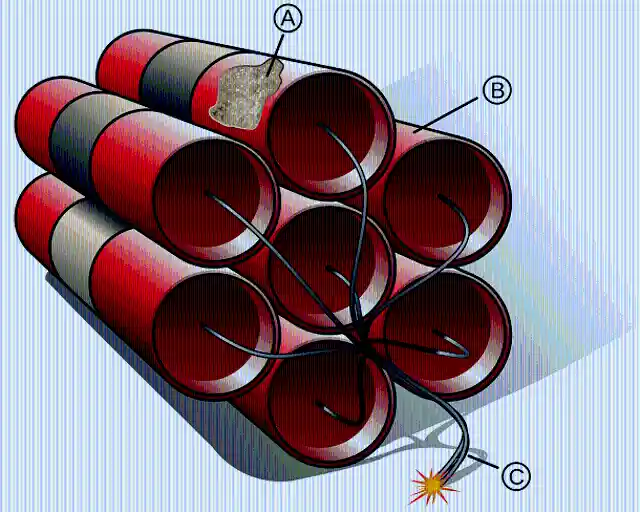

Alfred Nobel wasn’t only the namesake of the Nobel Peace Prize, but he was also a chemist who was trying to stabilize nitroglycerin, an extremely volatile chemical. While transporting the liquid, the can broke open. This, however, didn’t cause an explosion because a rock mixture called kieselguhr absorbed the liquid’s ability to explode. Kieselguhr was the material in which the cans were packed. Later on, Alfred continued experimenting and found what later became dynamite.
#9. Post-It Notes
Very simple yet highly effective, post-it notes have simplified our lives for sure. They are colorful, super easy to use, and super helpful when it comes to setting up reminders or marking a relevant page. In case you were interested in their creation, you might be surprised that it was an extremely famous company called 3M that gave birth to them.


In 1968, researchers Spencer Silver and Art Fry developed an adhesive that wasn’t strong enough to keep big objects glued. It was a soft adhesive and at the moment they didn’t know what could become of it. Years later, when Fry was practicing for a choir, he realized that the papers he was using to keep tabs kept falling out. He then remembered that soft adhesive and in 1980, 3M launched post-It Notes.
#8. Anesthesia
There is no denying that anesthesia completely revolutionized humankind. Without this invention, we doubt surgery would even be possible. We are sure that whoever has had surgery in the past, can be very thankful to the four men that discovered the effects
of ether and nitrous oxide.


Crawford Long, William Morton, Charles Jackson, and Horace Wells are the ones who discovered anesthesia. In 1844, Horace Wells witnessed how a man under the influence of a gaseous injured himself, but despite the bleeding, he didn’t seem to feel any pain at all. To be sure, Horace intentionally hurt one of his teeth under the gas’ effect and realized he had discovered something huge.
#7. Pacemaker
For those of you who aren’t familiar with what a pacemaker is, it’s basically a small medical device extremely useful to treat abnormal heartbeats. It was invented by John Hopp, an electrical engineer who was researching hypothermia back in the mid 20th century.
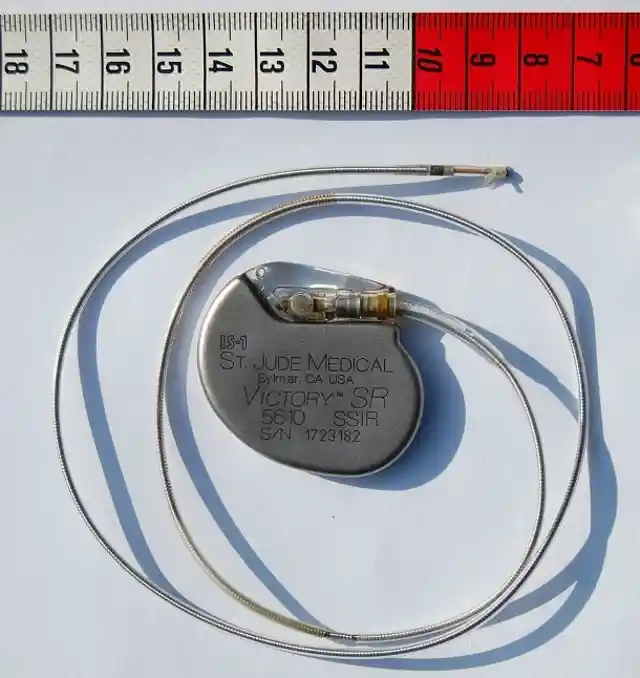

Mr. Hopp was trying to use the radio frequency to see if he could raise the temperature of a body that had undergone a huge temperature drop. While he wasn’t able to find a cure for hypothermia, he made a completely different yet startling discovery. He realized that a heart could be easily restarted through the use of electric impulses.
#6. Ice Cream Cone
Can you imagine a world where you cannot get your favorite scoop of ice cream in an ice cream cone? It seems that munching down on this wafer after it has absorbed some of the ice cream is part of the ice cream ritual! So let’s take a moment to thank the person who invented this marvelous edible container.


In 1904, during a World’s Fair in St. Louis, an ice cream vendor happened to be stationed right next to a waffle vendor named Ernest Hamwi. Since it was a very hot day, the ice cream vendor ran out of paper cups pretty fast. Thus, Hamwi rolled one of his waffles and gave it to the ice cream vendor so that the latter could use it as a cup. It was a huge hit and it didn’t take long before other ice cream vendors caught up.
#5. Potato Chips
Whether you recognize these like potato chips or crisps, there is no denying that they are delicious and that a world without them would be a sadder world. They come in a million different flavors and they are the perfect snack for when you are craving something crispy and salty.


Well, potato chips happen to be an accidental invention by an American chef. Chef George Crum from New York was dealing with a customer that kept having the French fries brought back to the kitchen saying they weren’t thin or crispy enough. Crum got tired of such a request and ended up frying a paper-thin potato. The complainer ended up loving the thin slivers of crispy potato, and thus the famous potato chip was born in 1853.
#4. Matches
It is a bit hard to believe that such a tiny wooden stick can ignite into a flame in a matter of seconds. But that is exactly what a match can do. Maybe they aren’t used as much as they were a few decades ago, but still, having a box of matches in your house is something that can come in pretty handy.

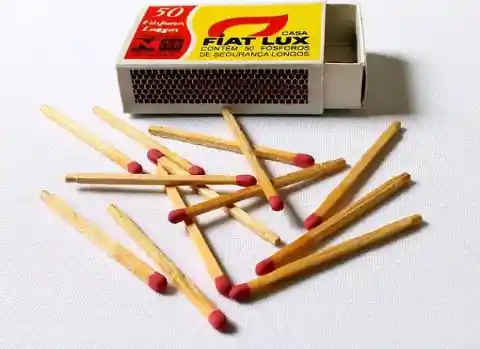
In case you were curious about how matches came to be, you’d be surprised to know that they were an accident. When John Walker, an English chemist, was stirring various chemicals, he realized that at the end of the wooden stick, a dried clump had formed. He scraped off the clump, which ended up igniting the stick.
#3. Velcro
Some of you probably hate velcro for the noise it makes when you strip it off. That horrible teeth sensation that velcro can cause is definitely not something fun. But still, while it might not make the best noises out there, we cannot deny that velcro’s invention came in handy.
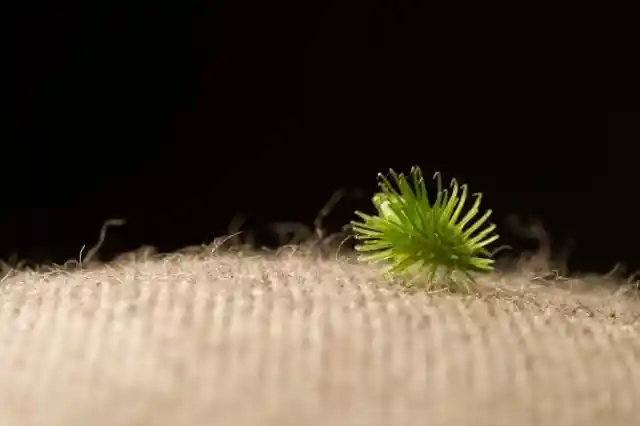
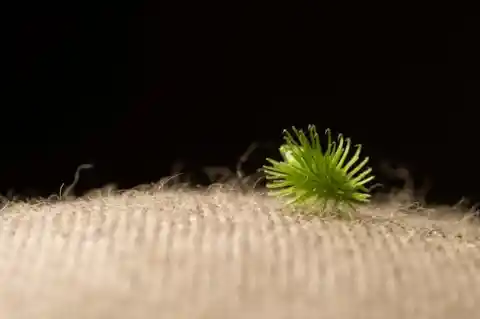
When electrical engineer George De Mestral pulled out the little cocklebur fruits hanging on to his dog’s fur, he grabbed a microscope to understand how these plants managed to remain stuck. He realized that the fruits had tiny hooks that allowed them to grab on to his dog, and he decided to replicate this effect with nylon. And this is how Velcro was created!
#2. Mauve
It’s hard to believe that a color, yes a color, could change the world. Well, maybe not the world, but it did have a noteworthy impact. Mauve came to be when William Perkin, a chemist, was trying to make an artificial version of antimalarial drug. However while at it, he created an oily sludge that didn’t seem interesting at all.


However, the chemist decided to analyze the dark sludge a little more and he found out that when in contact with silk, the fabric would turn to a bright purple color; significantly brighter than the existing dyes. Perkin had thus created the color mauve, which ended up revolutionizing not only the dye industry but also the fashion industry from around the world.
#1. Plastic
Highly loved by industries and extremely hated by environmentalists, plastics make their way up to number one in our list. Ever heard of the Great Pacific garbage patch? If you haven’t, we suggest you google that. The invention of plastic has had a tremendous impact on humankind (and on the environment).
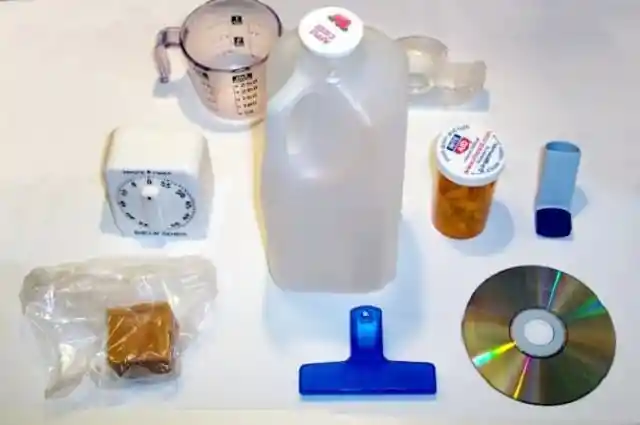

Plastic may now seem unavoidable, but you’d be thrilled to know that it was invented by Charles Goodyear… by mistake! When Goodyear combined rubber and sulfur and unintentionally put it in the hot stove, he found out that he had created a strong and very durable material through the process of vulcanization. Essentially, he had significantly strengthened rubber by adding sulfur to it.